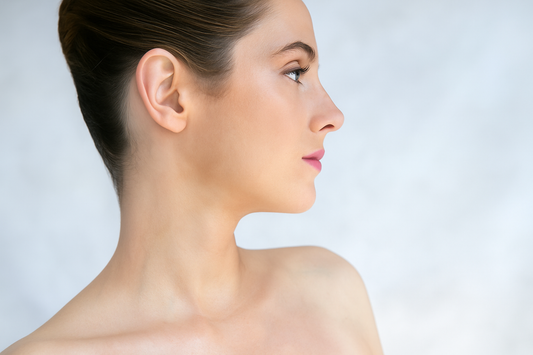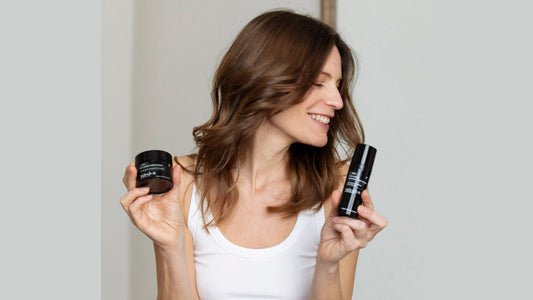Retinol is a form of vitamin A found in many foods and cosmetic products. It is an essential nutrient, crucial for various bodily functions, such as vision, reproduction, the immune system and skin health. Let's talk about the latter in detail...
Retinol is a popular ingredient that has received a lot of attention for its undeniable benefits in preventing signs of aging on the skin. It is one of the most complete ingredients for skin care.
What are those benefits?
- Helps reduce the appearance of wrinkles and expression lines.
- Fades dark spots.
- It improves skin texture.
- Regulates sebum production.
- Stimulates the production of collagen and elastin, improving the firmness and elasticity of the skin.
In essence, it treats all signs of aging, and it does so by restoring the skin's rate of cell renewal, like when we were younger. If skin cells are renewed more quickly, their appearance is more beautiful and radiant.
When should retinol be used?
It is recommended to start using it around the age of 35, when the skin starts to get a little "lazy" and needs that boost.
It is important to note that retinol can irritate the skin, especially when used in high concentrations or for people with sensitive skin. Therefore, it is advisable to start gradually, with low concentrations, but not less than 0.25%, and initially use it only 2 times a week, gradually increasing the frequency of use and, if desired, the concentration.
How do you apply retinol to your face?
Retinol is usually incorporated into a night cream and applied to the face, neck and décolleté, always avoiding the eye area, as it is the most sensitive to retinol. We even recommend applying eye contour or a little Vaseline before using retinol to protect that area.
I have sensitive skin, can I use retinol?
People with sensitive skin should always opt for low concentrations and more tolerable forms of retinoids, such as retinyl . And if it is liposome , even better! Liposomes release the active ingredient into the epidermis, avoiding contact with the outermost layer of the skin and causing much less irritation.




